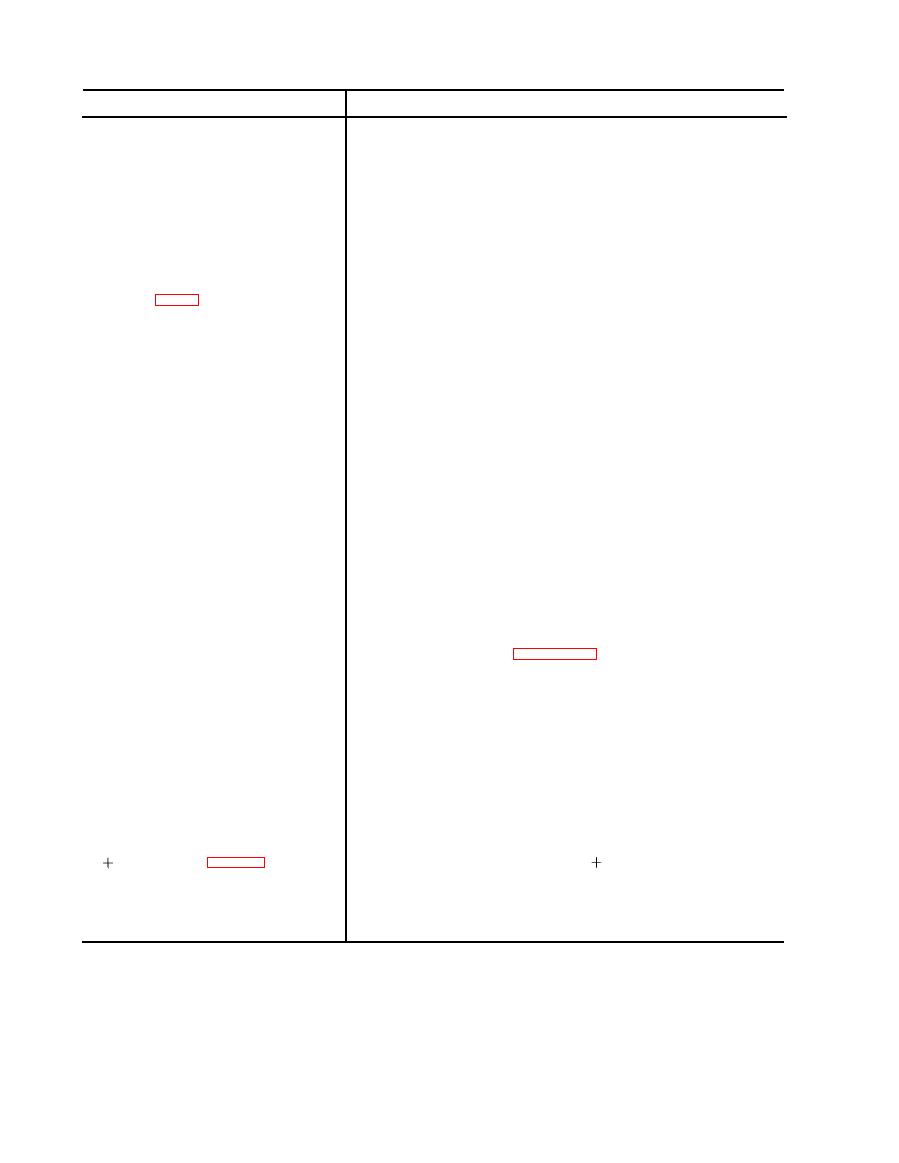
Function
Control
applied to the synchronous winding of the motor causing the motor to
START-PHASE, switch (S3) (Facsimile
lock in at its normal operating speed. The receiving operator throws
T r a n s c e i v e r s TT-1D/TXC-1, TT-1E/
the START-PHASE switch to the PHASE position to energize the
TXC-1, and TT-1F.TXC-1 Only)-
phasing circuit of the receiving transceiver while the transmitting oper-
Continued
ator is sending phase pulses. When the relatively short phasing opera-
tion is completed, the machines remain Synchronized because both
drums are driven by motors running at the same speed.
Caution: The motor of Facsimile Transceiver TT-1D/TXC-1,
TT-1E/TXC-1, or TT-1F/TXC-1 is at synchronous speed only when
the 1,800-cycle tone can be heard from the motor laminations.
Used in the 30RPM position to provide half-speed operation of the record-
30RPM-60RPM
(motor
speed control)
ing drum when transmitting over long radio circuits under adverse re-
switch (S4) (fig. 138) (Facsimile Trans-
ceiving conditions, and in the 60RPM position for normal operation.
c e i v e r s TT-1D/TXC-1, TT-1E/TXC-1,
and TT-1F/TXC-1 only).
A calibrated potentiometer which adjusts the contrast range (difference
CONTRAST control (R45) - - - - - - - - - - - -
between minimum and maximum signal level of the transmitted signal)
This control is operated only by the transmitting operator, although
the setting he makes is determined partially by the request of the re-
ceiving operator. The dial on this control is numbered from 1 to 100,
and the ranges for transmitting positive and negative are indicated.
A dual potentiometer which serves to control the level of the signal han-
GAIN control (R59 and R60).. .
dled by the transceiver. It does not change the contrast range.
The front panel DB METER serves as a guide in setting GAIN and
DB METER (M1) . . . . . . . . . . . . . . . . . . . . .
CONTRAST controls. It is calibrated in db with reference to 0 power
level of 6 mw in 600 ohms. Line power levels are commonly expressed
in terms of dbm, decibels with reference to 0 power level of 1 mw in 600
ohms. The DB METER on this equipment does not register the true
line signal level in either db or dbm. When the facsimile transceiver
selector switch is at TRANSMIT and the DB METER indicates plus
2 db, the resultant power dissipated in a 600-ohm resistive load con-
nected across the LINE binding posts is 1 mw (.78 volt), representing
the standard 0 dbm reference. When the facsimile transceiver is re-
ceiving, there is no fixed relationship between line power and db power
and DB METER reading, because meter readings depend on the setting
of the GAIN control. In paragraph 5, input and output signal levels
for the transceiver are expressed in true line dbm. Elsewhere in this
manual, however, the term db is used merely to express the relative
level readings of the DB METER, not to indicate line levels in dbm.
Used for setting the transmitting contrast (wedge) range.
This meter may be temporarily disconnected from the circuit, and may be
used to measure dbm (at 0 dbm =1 mw into 600 ohms) directly, provid-
ing 8 db is added to the meter reading when so used.
Provides a means for turning off the motor when the selector switch is in
MOTOR ON-MOTOR OFF switch. (Added
the STANDBY position.
on Facsimile Transceiver TT-1/TXC-1
only by MWO SIG 11-2258-1).
Permits connecting an xternal loudspeak to the transceiver so that the
S P E A K E R jack. (Added on Facsimile
maximum and minimum signals for setting contrast will be audible to
Transceiver TT-1/TXC-1 by MWO SIG
the receiving operator.
1122581).
Provides continuous check on regulated
250-volt supply.
RB
meter (M3) (fig. 138). . . . . .
Connected in series with motor voltage supply for setting proper motor
MOTOR CURRENT meter (M2) -- ----
current.
TXC-1 by MWO SIG 11-2258-2.
26


